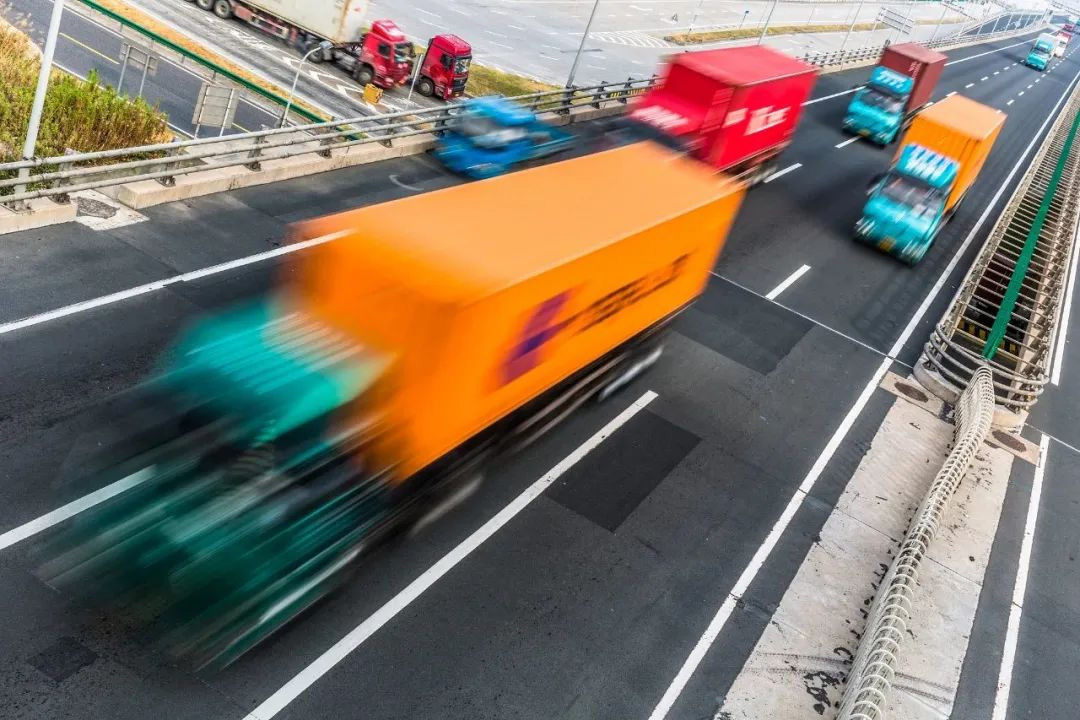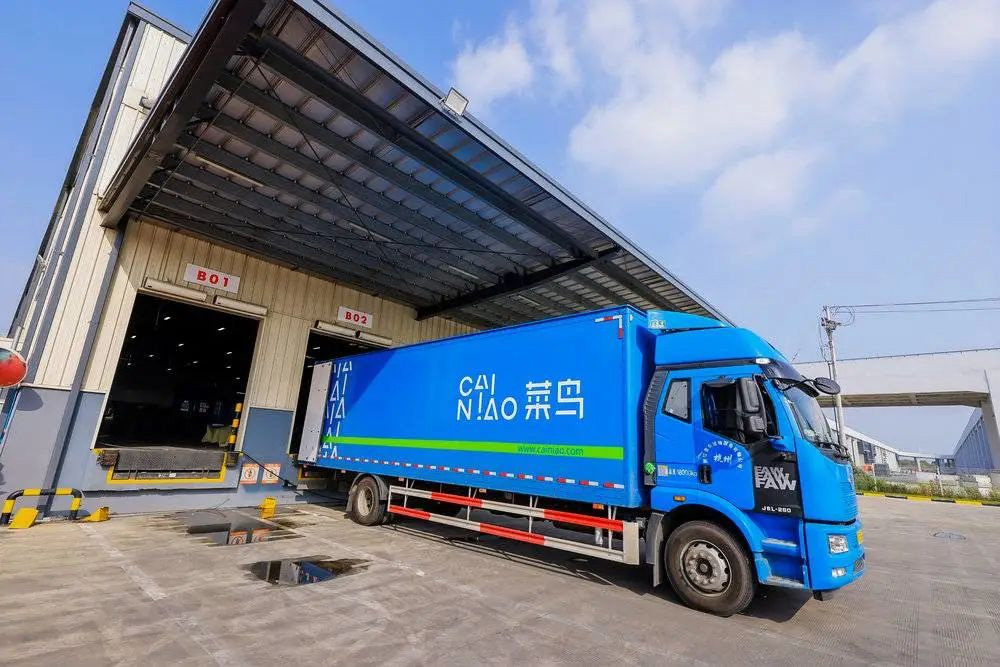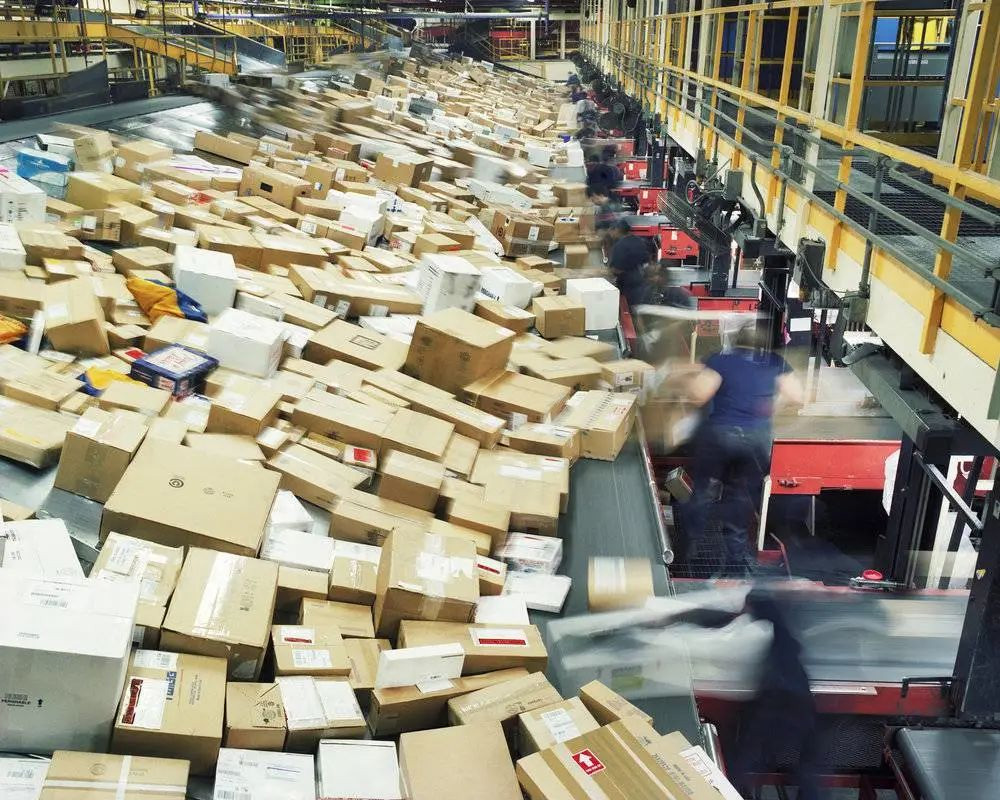
If we re evaluate the global economic miracle of the past decade, Chinese express delivery will definitely be an unavoidable topic.In the past decade, China's express delivery volume has grown year by year, from less than 10 billion to over 100 billion, firmly ranking first in the world but still running at a high speed, which is a rare miracle in the world;The proportion of logistics costs to GDP has continued to decline, from 18% to 14.6%, unleashing economic vitality and innovation opportunities;The delivery time continues to shorten, with the average delivery time in China decreasing from one week to less than 48 hours, and the global delivery time approaching 72 hours.
In the past decade, between "one rise and two declines", China has created a team of 3 million couriers out of thin air, and many people's first jobs in cities are as delivery guys. A group of ordinary people come and go in the wind and rain, supporting the world's largest and most complex logistics system. Behind it is the rapid development of China's real economy and digital economy. Through small express packages, we can see the profound changes that China's logistics industry has undergone, as well as the tremendous changes and future of the economy and society.All of this is not only a miracle of Chinese express delivery, but also a miracle of the Chinese economy.From Bottleneck to Miracle: The Logistics Transformation Driven by DevelopmentTen years ago, "express delivery explosion" was a hot topic in society. If you go to the internet for archaeology, internet entries will tell you that in the years around 2012, during the peak consumer season, a large number of packages were stranded at courier stations, and consumer complaints surged. In those years, some online stores did not post product advertisements on their homepage, but instead announced "Sorry, your package has been delayed".Cross border packages are even more headache inducing. A foreign customer of Qiu Juan, a foreign trade merchant in Yiwu, purchased winter clothing for her girlfriend. When the package arrived, it was already three months later. Not only did the weather get warmer, but also the customer's girlfriend changed people.The speed cannot increase, and the cost cannot be reduced. In China, the total cost of social logistics accounts for 18% of GDP. Cross border, international logistics giants such as FedEx and UPS can deliver goods worth tens of yuan, with shipping costs costing several hundred yuan.It's not that the express delivery industry is not working hard, but that the consumption driven by e-commerce is too powerful. On Double 11, 2012, e-commerce platforms generated over 78 million packages per day.
In 2013, Jack Ma predicted that in 10 years, there would be 300 million express packages per day in China. The logistics industry must strive to catch up. In May of this year, rookies were born. Jack Ma said: As long as rookies are diligent and hardworking, they will eventually become better, but they must always have awe and humility towards this industry, society, and the future.
From Bottleneck to Miracle: The Logistics Transformation Driven by Development
Today, China's express delivery system has exceeded 100 billion packages throughout the year, with a daily average of over 340 million packages. The annual increase is equivalent to the annual express delivery volume in the United States.
The volume of express delivery has increased, but logistics costs have decreased and time consumption has become shorter. According to the GDP calculation in 2022, it is equivalent to saving over 400 billion yuan in a year, almost the GDP of Shanghai for the whole year. Half day delivery, same day delivery, and next day delivery have also become regular express delivery speeds.
Taking a new path: transforming "unicycle elephant transport" into "Boeing 747 with rocket engine"The explosive growth of express delivery compared to the logistics system at that time was like using a unicycle to transport elephants, staggering and struggling.Going the old way is definitely not enough, digitization is the only option.Since 2012, the country has continuously introduced a series of supportive policies, bringing a spring rain to the logistics industry that is trying to take the first step of transformation. Various digital tools quickly emerged like mushrooms after rain.In 2014, Cainiao launched an electronic waybill for express delivery, laying the foundation for automated distribution of packages. Previously, packages were in flow, but now data is rushing to flow in front of packages. The intelligent logistics system can predict package flow in advance, and the allocation of vehicles and personnel enables intelligent decision-making.Major express delivery companies are also vying to follow suit, with automatic assembly lines and sorting robots gradually becoming standard equipment, and the efficiency of express delivery distribution and transportation is increasing rapidly. Currently, the automation rate of large domestic express delivery transfer centers exceeds 90%, and the total length of the national express delivery automatic assembly line exceeds 6000 kilometers. The daily package processing capacity of a single company in Shentong is equivalent to the daily express delivery volume of the United States.At present, the entire postal and express logistics system in China has formed a huge network with over 430000 branches and an average daily service of 700 million people. It can also adapt flexibly according to the number of orders. If there are more orders, a temporary warehouse can be opened in 20 days, and thousands of skilled workers can be trained in half a month to work. Digitization and its huge size are like adding a rocket engine to a Boeing 747.
Creating new possibilities: 72 hours, the price of a cup of coffee shipped globally
If we compare the express logistics network to a blood system, then the packages that flow inside are red blood cells, constantly transporting oxygen molecules to support the economy. After ten years of accumulation, China's express logistics has achieved extremely high efficiency and cost advantages. The packages flowing on this network have also enabled countless small and medium-sized enterprises, young people, and farmers to realize their dreams.Now, for only three yuan, a small package can be delivered to the whole country. Only "everyone can ship" can "everyone sell", and with cheap logistics, countless young people have realized their dream of e-commerce entrepreneurship. Last year, the number of e-commerce practitioners in China increased by over 3%, and new tracks emerged in e-commerce live streaming and short videos.Digitization has also extended express logistics networks from cities to rural areas, and from China to the world. As of last year, nearly a thousand county-level postal and delivery public distribution centers have been built nationwide, with 95% of established villages achieving express delivery service coverage. The local specialties of the mountains are deeply hidden, and express delivery is used to fly to various parts of the country. There are farmers selling "hand-made glutinous rice cake" in Tiktok. At the peak, the order reached 16000 jin, which can be supplied only when two food factories produce at the same time. Cross border e-commerce is also becoming increasingly popular with the help of efficient and low-cost logistics networks. With the support of AI technology, Cainiao has now broken the cross-border logistics cost to a bone. With just $5, a small item can be delivered to many countries around the world in 10 days, making overseas consumers exclaim unbelievable. After a company in Yiwu that specializes in men's and women's underwear used this service, the repeat purchase rate of overseas consumers increased by 20%.With the money of a cup of coffee, goods can be shipped globally, allowing any corner of the world to receive goods in 72 hours. China's logistics efficiency is still creating new possibilities, allowing more dreams and the future to shine.
Cross border e-commerce is also becoming increasingly popular with the help of efficient and low-cost logistics networks. With the support of AI technology, Cainiao has now broken the cross-border logistics cost to a bone. With just $5, a small item can be delivered to many countries around the world in 10 days, making overseas consumers exclaim unbelievable. After a company in Yiwu that specializes in men's and women's underwear used this service, the repeat purchase rate of overseas consumers increased by 20%.With the money of a cup of coffee, goods can be shipped globally, allowing any corner of the world to receive goods in 72 hours. China's logistics efficiency is still creating new possibilities, allowing more dreams and the future to shine.
*The original text is reprinted from the Tiger Smell APP







 Tencent QQ customer service
Tencent QQ customer service

